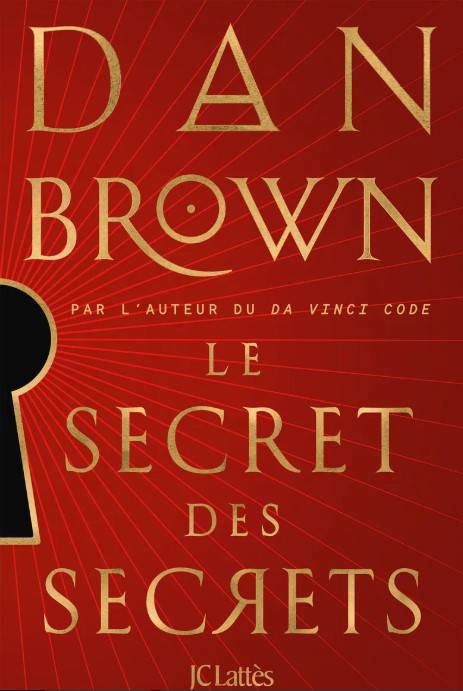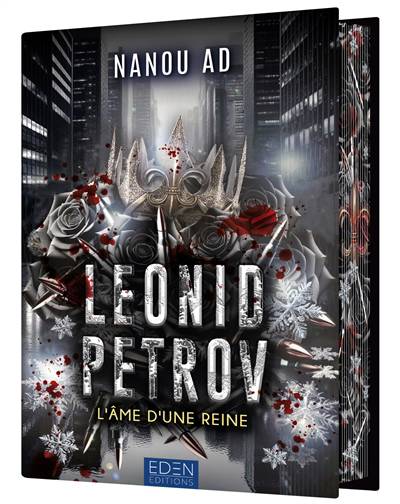
- Retrait gratuit dans votre magasin Club
- 7.000.000 titres dans notre catalogue
- Payer en toute sécurité
- Toujours un magasin près de chez vous
- Retrait gratuit dans votre magasin Club
- 7.000.0000 titres dans notre catalogue
- Payer en toute sécurité
- Toujours un magasin près de chez vous
Description
In May 2004, Europe was redefined. Ten countries - Cyprus, the Czech Republic, Estonia, Hungary, Latvia, Lithuania, Malta, Poland, the Slovak Republic and Slovenia - joined the European Union (EU). Two years on, the full impact of the forces this historical event has unleashed has yet to be understood. For not only is the expansion having an unequivocal bearing on 'old' Europe, it is also helping to change the countries of 'new Europe'. As the economic and the political balance of the enlarged EU is being redrawn, the identities of the newly joined countries is in flux - the majority of the joining states being under Communist rule less than two decades ago.
Contemporary architecture in these 10 countries necessarily presents itself as a process that is anything but linear. It must deal with hybridisation, with new global trends, as well as with the permanence of structures and national heritage. Architects, mostly practising in the private rather than public sphere, are contending with the various political inconsistencies of administrations undergoing change.
The very different panorama in each new member state avoids generalisation. As a broken mirror, this issue of AD does not pretend to provide anything but a partial - though authentic - view of the very crucial issues that contemporary architecture has to cope with. Local contributors look at the transformation of the city and national heritage, while also spotting a new generational fringe of local architects. The ethnic diversity drawn by this publication excites with its cultural richness, but also raises the looming question of what the identity of the new Europe might constitute in the future
Contemporary architecture in these 10 countries necessarily presents itself as a process that is anything but linear. It must deal with hybridisation, with new global trends, as well as with the permanence of structures and national heritage. Architects, mostly practising in the private rather than public sphere, are contending with the various political inconsistencies of administrations undergoing change.
The very different panorama in each new member state avoids generalisation. As a broken mirror, this issue of AD does not pretend to provide anything but a partial - though authentic - view of the very crucial issues that contemporary architecture has to cope with. Local contributors look at the transformation of the city and national heritage, while also spotting a new generational fringe of local architects. The ethnic diversity drawn by this publication excites with its cultural richness, but also raises the looming question of what the identity of the new Europe might constitute in the future
Spécifications
Parties prenantes
- Editeur:
Contenu
- Nombre de pages :
- 128
- Langue:
- Anglais
- Collection :
- Tome:
- n° 29
Caractéristiques
- EAN:
- 9780470018392
- Date de parution :
- 01-08-06
- Format:
- Livre broché
- Format numérique:
- Trade paperback (VS)
- Dimensions :
- 213 mm x 274 mm
- Poids :
- 526 g

Les avis
Nous publions uniquement les avis qui respectent les conditions requises. Consultez nos conditions pour les avis.





